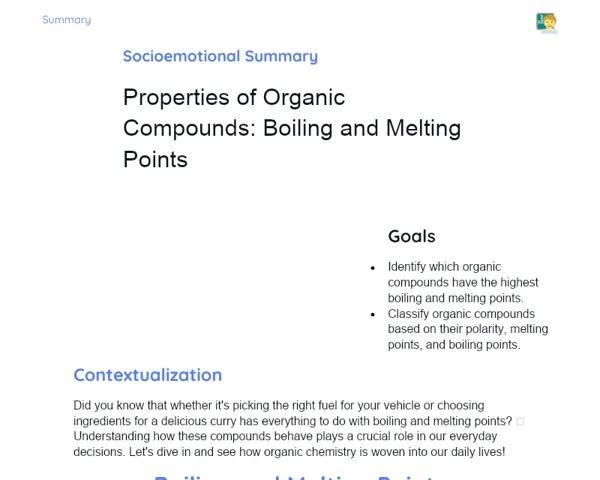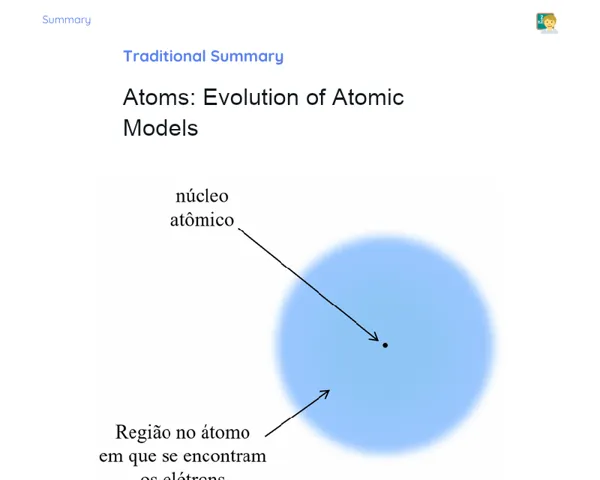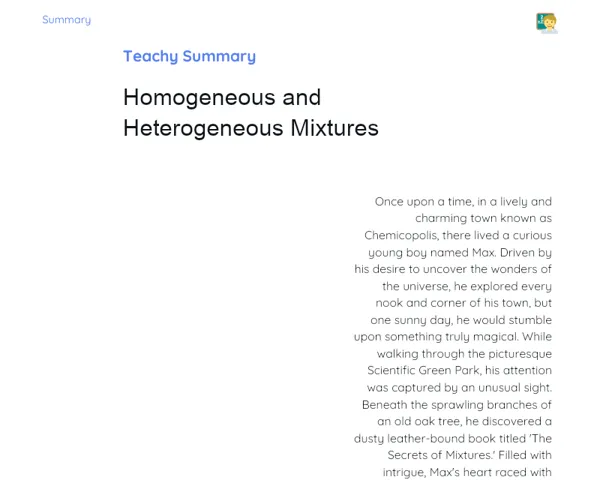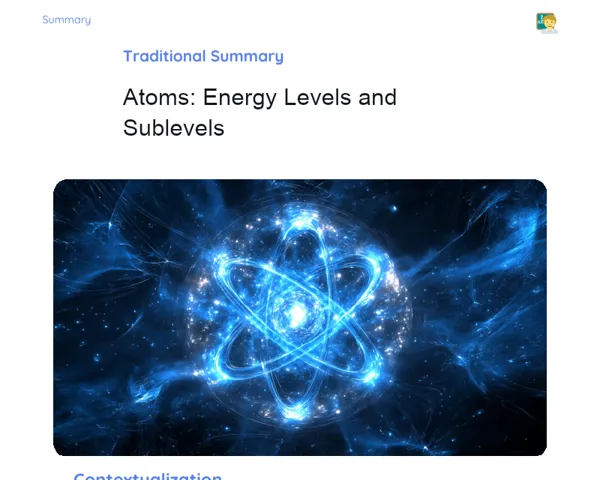Objectives
1. 🎯 Get a good grasp on IUPAC nomenclature for cyclic hydrocarbons like cyclobutane and cyclohexane by accurately recognising and naming their molecular structures.
2. 🔍 Sharpen your visual skills and learn to detect structural patterns, so that applying nomenclature rules in practical scenarios becomes second nature.
Contextualization
Did you know that the IUPAC nomenclature system we use for naming chemical compounds such as cyclic hydrocarbons is not just a dull set of rules? It is an internationally accepted standard that helps scientists communicate their findings clearly and precisely. This uniform system is particularly vital in industries like pharmaceuticals, where accurately identifying compounds can be the difference between a safe medicine and one that can cause harm. So, by mastering this naming system, we are not only studying chemistry – we are equipping ourselves to make impactful contributions, whether it’s in research, academia, or industry.
Important Topics
Cyclopropane
Cyclopropane is the simplest cyclic hydrocarbon, comprising three carbon atoms linked by covalent bonds, with each carbon bonded to a hydrogen atom. The IUPAC system names the simplest ring as 'cyclo' plus the number of carbons, ending with the suffix '-ane'. Thus, cyclopropane serves as a basic model for understanding the nomenclature of cyclic hydrocarbons.
-
Its molecular formula is C3H6.
-
With a bond angle of 60 degrees, cyclopropane is considerably unstable and reactive.
-
It is used as an intermediate in the synthesis of various chemical compounds, including some that find use in anaesthetics.
Cyclobutane
Cyclobutane is a cyclic hydrocarbon built from four carbon atoms arranged in a ring. Its planar structure features more favourable bond angles (90 degrees) compared to cyclopropane, which makes it relatively less reactive. Following the same IUPAC guidelines, the name is constructed by indicating the number of carbon atoms with the suffix '-ane'.
-
Its molecular formula is C4H8.
-
Owing to reduced ring strain, cyclobutane is more stable than cyclopropane.
-
It occurs in small amounts in natural gases and is also utilised in the synthesis of other organic compounds.
Cyclohexane
Cyclohexane features a six-carbon ring and is considered to be the most stable cyclic hydrocarbon because its bond angle is about 109.5 degrees – nearly ideal for minimising electronic repulsion. In line with IUPAC rules, the name is formed by stating the count of carbons and adding the suffix '-ane'.
-
Its molecular formula is C6H12.
-
Cyclohexane is a commonly used solvent and acts as a precursor in the chemical industry for producing polymers.
-
Its stability makes it an excellent example for studying how structure influences both physical properties and chemical reactivity in cyclic hydrocarbons.
Key Terms
-
IUPAC Nomenclature: A universally accepted system for naming chemical compounds that follows set rules to ensure clarity and uniformity in scientific communication.
-
Cyclic Hydrocarbons: Organic molecules consisting solely of carbon and hydrogen, where the carbon atoms are arranged in closed rings.
-
Ring Strain: Stress in cyclic hydrocarbons that arises when bond angles deviate from the ideal, leading to instability and increased reactivity.
For Reflection
-
Why is it crucial for a chemist or a researcher in pharmaceuticals to understand the IUPAC nomenclature of the compounds they work with or create?
-
How does the ring structure of a cyclic hydrocarbon, such as cyclopropane, affect its physical properties and chemical reactivity?
-
In what ways can knowledge of cyclic hydrocarbons and their nomenclature be practically applied, say, in the perfume or pharmaceutical industries?
Important Conclusions
-
We have developed a sound understanding of the core principles of IUPAC nomenclature for cyclic hydrocarbons like cyclopropane, cyclobutane, and cyclohexane.
-
We explored why precise chemical nomenclature is important for effective scientific communication and for practical applications in industries such as pharmaceuticals and perfumery.
-
We observed how the structure of cyclic hydrocarbons affects their properties and reactivity, which is key for various real-world applications in organic chemistry.
To Exercise Knowledge
- Miniature Modeling: Use modeling clay to create 3D models of cyclic hydrocarbons and then challenge your friends or family to name them correctly.
- Nomenclature Board Game: Design a board game where every square showcases a cyclic hydrocarbon that needs to be named. Learn while having fun with friends!
- Discovery Journal: Maintain a diary noting down everyday applications of organic compounds around you, and try naming them using the IUPAC system.
Challenge
🏆 Chemical Detective Challenge: Imagine receiving a mysterious letter from a fictional scientist about a newly discovered compound. Using only the clues provided, try naming the compound following IUPAC rules. Share your answer in our next online session for a chance to win an exciting prize!
Study Tips
-
📚 Nomenclature Flashcards: Prepare flashcards with the formulas of cyclic hydrocarbons on one side and the corresponding IUPAC names on the other. Test yourself regularly.
-
💡 Association of Ideas: Link each cyclic hydrocarbon to a practical application or an interesting fact; this will help you remember both the name and the structure more easily.
-
🧠 Online Study Groups: Join online groups where you can discuss IUPAC nomenclature and its applications. Sharing different perspectives can greatly enhance your learning.



